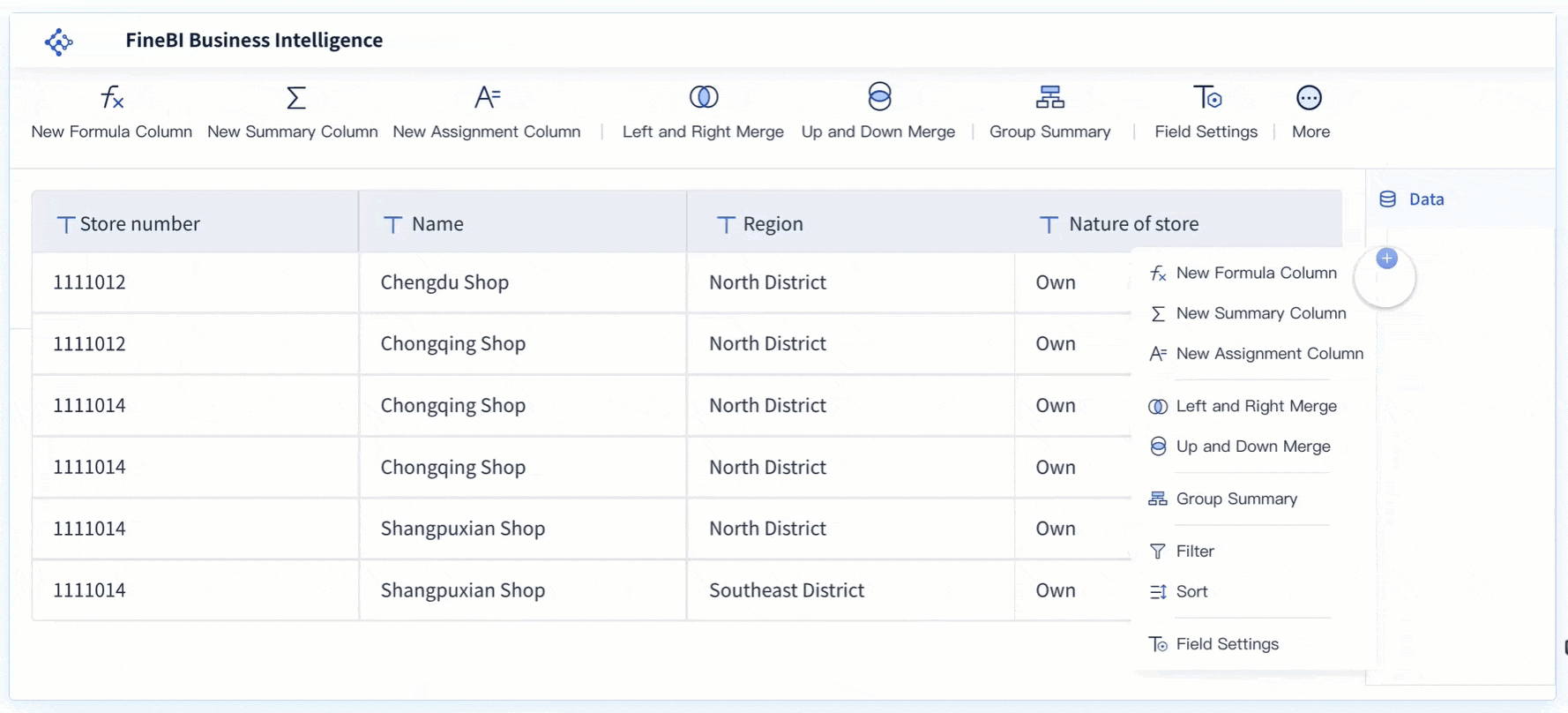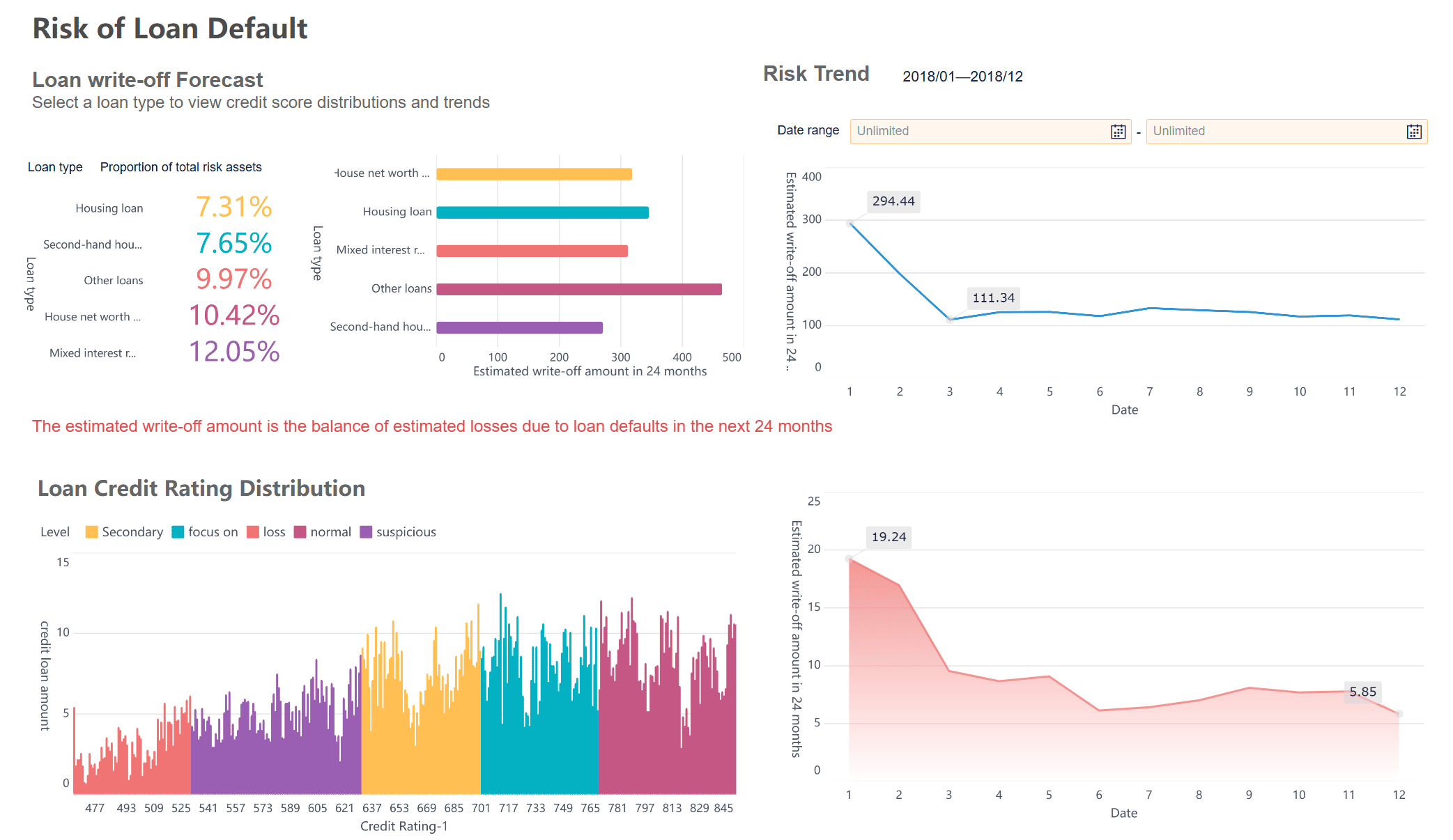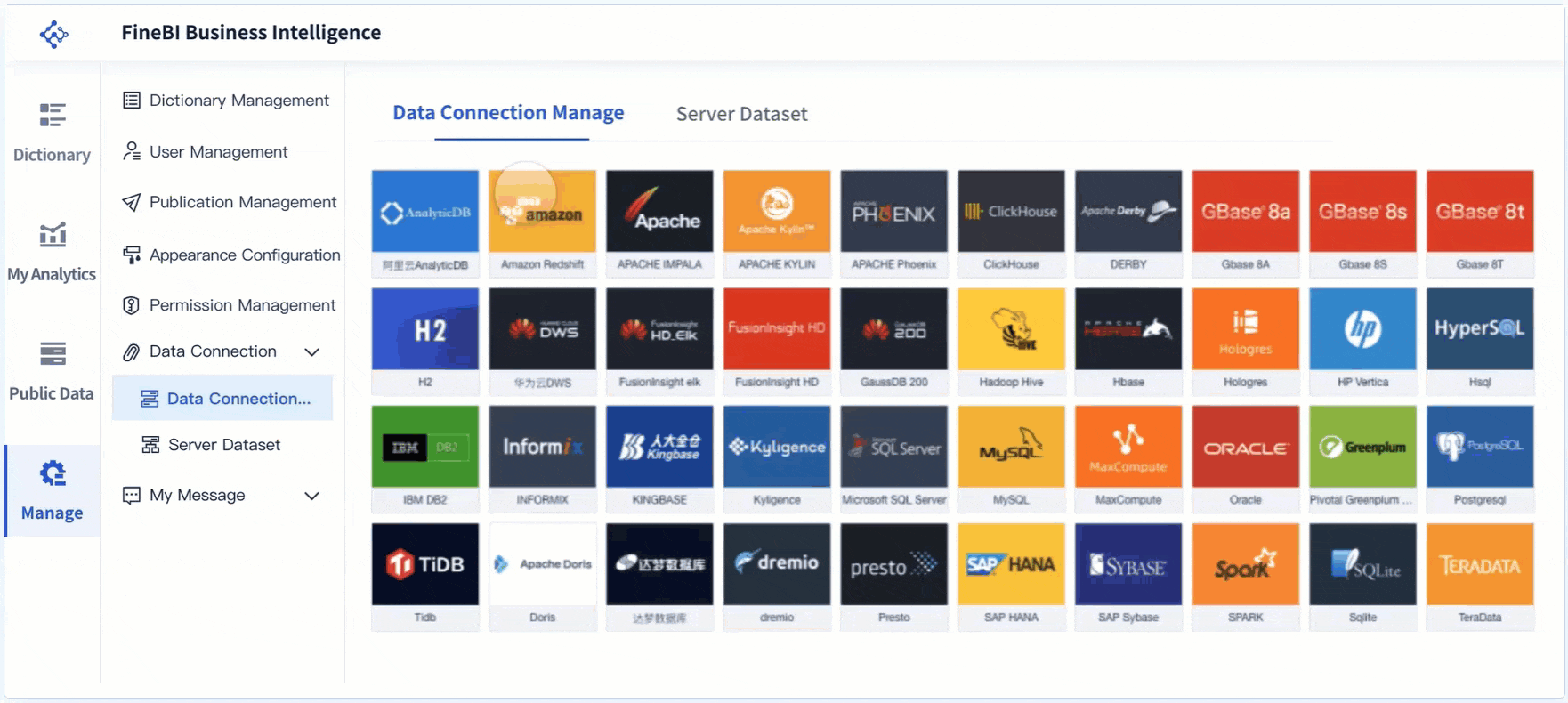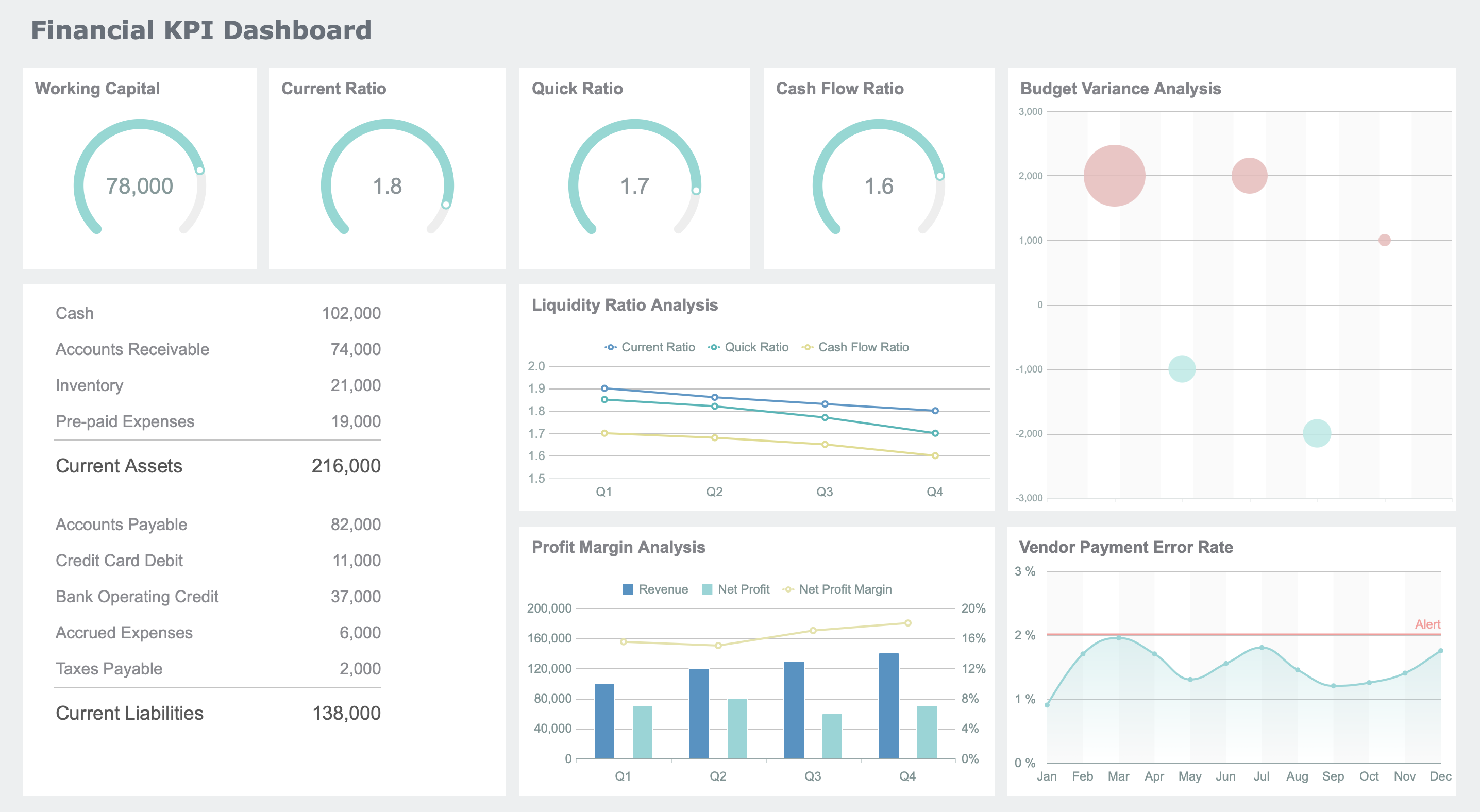You need agile business intelligence to keep up with changes. Agile BI helps you make fast choices and adjust to new needs. You do not wait a long time for results like with traditional BI. You get answers faster, work with others, and build a team that likes to get better. FanRuan and FineBI show real examples of this in companies. Check the table below to see how they are different:
| Aspect | Agile BI | Traditional BI |
|---|---|---|
| Flexibility | High, adapts quickly to changes | Low, relies on predefined requirements |
| Collaboration | Promotes teamwork across departments | Often siloed, limited cross-functional work |
| Responsiveness | Rapid response to market changes | Slower, follows a fixed plan |
| Value Delivery | Iterative, delivers insights quickly | Long-term, waits for full solution |
| Culture of Improvement | Encourages continuous learning | Static, less focus on ongoing improvement |
Agile Business Intelligence Explained

What Is Agile BI?
Agile business intelligence lets you react fast to changes. You use agile analytics to get answers quickly. You can change your plans when you need to. This way, you have more control over your business intelligence. You do not have to wait for long projects to finish. You get insights right when you need them.
Experts say agile business intelligence has some main traits:
- It is flexible and can change with user needs.
- It responds fast to new demands.
- It gives a helpful place for BI to work.
- It lets users use BI solutions on their own.
- It focuses on giving value in small steps.
- It involves users during the whole process.
You can see these traits in today’s BI platforms. FanRuan and FineBI are leaders in agile analytics. FineBI gives you tools to look at data right away. You can make dashboards that you can change and use easily. You do not need to be a tech expert to use them. The drag-and-drop tools help you make reports and share what you find with others.

Here is how FanRuan and FineBI show agile business intelligence:
| Feature | Description |
|---|---|
| Real-time data analysis | FineBI lets you see and use data right away. |
| Interactive dashboards | You can make dashboards to help you choose better. |
| Self-service analytics | You can look at data by yourself, even without tech skills. |
| Flexibility in data analysis | FineBI works with many data types and does advanced analytics. |
| User-friendly interface | The platform uses drag-and-drop tools so you can decide fast. |
Key Principles of Agile BI
Agile business intelligence uses agile methods to help you work with data. You split big projects into smaller steps. You get feedback and change things as you go. This helps you learn and give value faster.
The main ideas of agile BI are:
- Iterative and Incremental: You break work into small pieces. You make each piece better with feedback.
- Collaborative: You work with others in your company. You share ideas and fix problems together.
- Data-Driven: You use facts and data to make choices, not guesses.
- Flexible: You change your way when your business needs change.
- Continuous Improvement: You always look for ways to get better and give more value.
You can see these ideas in many companies. They use agile analytics to make quick choices and improve their business. Some use cloud BI tools to get answers fast. Others make dashboards for real-time data. Many use predictive analytics to know their customers better.
Agile business intelligence helps you stay ahead of others. You use agile analytics to change, learn, and grow your business. FanRuan and FineBI give you the tools to do this.

Agile Business Intelligence vs. Traditional BI

Differences in Approach
Agile business intelligence is not the same as traditional BI. The biggest difference is how each one deals with change and what users need. Traditional BI follows a set plan from the start. You must stick to this plan and cannot change it easily. This way takes a long time and does not let you make quick changes.
Agile business intelligence works in a new way. You do things in small steps and ask for feedback often. You can change your plan when your business needs change. You do not have to wait for the whole project to finish. You see results at every step. Agile analytics lets your team help and make choices together.
Here is a table that shows how the workflows are different:
| Feature | Traditional BI | Agile BI |
|---|---|---|
| Flexibility | Rigid, predefined schemas | Adapts on the fly |
| User Accessibility | Complex dashboards, requires expertise | Conversational interfaces for all users |
| Workflow | Reactive, manual report generation | Proactive, AI-driven insights |
| Memory | No historical context | Remembers past interactions |
| Integration | Limited, static data models | Seamless, holistic data integration |
Agile analytics helps you react to changes fast. You do not need IT to make new reports for you. You can look at data and find answers by yourself.
Tip: Agile business intelligence needs teamwork and feedback all the time. You can change your analysis as your business grows.
Limitations of Traditional BI
Traditional BI systems have many problems that slow down your business. These systems have trouble with lots of data and cannot do real-time analysis. It can be hard to get answers when you need them.
Some common problems are:
- Limited data integration capabilities
- Lack of flexibility
- Slow query performance
- Limited scalability
- Poor data quality
- Limited self-service capabilities
- Limited collaboration capabilities
- Limited analytical capabilities
- Lack of mobile capabilities
- High total cost of ownership
You may also have these issues:
- Hard to handle big datasets, which slows things down
- New users find it hard to learn
- High costs for big data analysis
- Manual work to prepare and clean data
- Not much automation, so you do more routine work
- Data models that cannot change for new sources
- No real-time data for quick choices
| Limitation | Percentage |
|---|---|
| Slow query performance | 48% |
| Drops in efficiency due to bottlenecks | 40% |
| Governance challenges | 54% |
These problems make it hard to use data for fast choices. You might miss new chances because your tools are too slow.
Advantages of Agile BI
Agile business intelligence gives you many good things to help your business grow. You get real-time analytics and can react to changes right away. Agile analytics lets you work with your team, share ideas, and make better choices faster.
Here are some main advantages:
- Automates data analysis processes
- Provides deeper insights
- Facilitates quicker decision-making
- Access to real-time data
- Immediate response to market changes
| Feature | Agile BI | Traditional BI |
|---|---|---|
| Speed | Real-time analytics | Delayed reporting |
| Adaptability | Quick response to changes | Slower to adapt |
| User Empowerment | Self-service capabilities | Dependent on IT |
Agile analytics makes it easy for users. You can use dashboards and mobile tools to look at data anywhere. You do not need IT help. You can dig into data, filter, and slice it yourself.
FineBI from FanRuan helps you fix many problems found in traditional BI. You can connect to over 30 big data platforms and SQL sources. FineBI gives you self-service analytics, so you can study data without IT help. You get real-time insights and strong data visualization. The platform helps teams share and work together easily. You can clean and prepare data with low-code tools, so it is simple for everyone.

| Feature | Benefit |
|---|---|
| Self-Service BI Tool | Empowers users to analyze data independently without IT support. |
| Real-Time Insights | Provides immediate access to data insights for timely decision-making. |
| Data Visualization Capabilities | Enhances understanding of data through powerful visual representations. |
| Data Integration | Supports connection with over 30 big data platforms and SQL data sources for comprehensive analysis. |
| Collaboration Modes | Offers various sharing modes to facilitate teamwork and data sharing among users. |
| Low-Code Data Preprocessing | Simplifies data cleansing and preparation, making it accessible for non-technical users. |
| Advanced Storage and Compression | Reduces data storage needs and improves performance through efficient data handling. |
With agile analytics and FineBI, you can use all your business data. You can change quickly, make smart choices, and stay ahead in a fast-moving world.
Components of Agile Business Intelligence Solutions
Technology and Tools
You need good technology to use agile analytics. Modern tools help you connect and look at data from many places. FineBI is special because it links to many databases and cloud platforms. You can use these tools to make dashboards and reports by yourself. You do not have to wait for IT help. FineBI lets you see data changes right away. This speed helps you make smart choices.
Key technology parts for agile analytics are:
- Data integration and warehousing bring all your data together.
- Visualization and reporting tools turn numbers into easy charts.
- Advanced analytics and machine learning help you find patterns.
- Cloud infrastructure gives you flexible and big storage.
These tools help you plan and deliver all the time. You get quick insights and can share them with your team.
Agile Culture and Collaboration
Agile analytics needs more than just tools. You need a culture that likes teamwork and open feedback. Teams from different areas work together and share ideas. When people feel safe to talk, your business can change fast. This safe culture helps you find new chances and avoid mistakes.
Organizational culture affects how you make choices and handle change. A culture that supports teamwork and results helps you win with agile analytics.
Planning and delivering all the time is easier when teams trust each other. You can react to change and keep making your business better.
Agile Processes
Agile analytics uses steps that break big projects into small parts. You ask for feedback early and at every stage. This way, you stay on track and meet business needs. You should use teams with different skills for each step.
Follow these steps for agile analytics:
- Get stakeholders involved from the start.
- Break work into short cycles for planning and delivery.
- Stay flexible and ready to change plans.
- Pick a process that fits your business.
- Keep your team happy and working together.
- Think and improve after each cycle.
These agile steps help you give value faster. You can update dashboards and reports as things change. This way, your business stays ahead in a fast world.
Why Agile Business Intelligence Matters
Adaptability and Speed
Business changes happen all the time. Agile business intelligence helps you react fast. You can split big projects into small tasks. This makes it easier to change plans when needed. Agile analytics helps you find new chances quickly. You work with people from other departments. Digital tools let you share data and decide faster. Using agile helps you keep up with trends and adapt better.
Note: Agile business intelligence helps you get better each time. You learn from every cycle and improve your work.
Business Value and Decision-Making
Agile business intelligence gives your company real benefits. You get answers faster and make smarter choices. Agile analytics shows you data right away. You can react to changes quickly. Using data helps you guess trends and know what customers want. You watch and improve how things work, which saves time. A data-driven culture helps everyone make good choices. You can beat others by acting on insights first.
Here are some important business value metrics that agile business intelligence affects:
- Efficiency Improvement: You finish work faster.
- Revenue Increase: You earn more money from new ideas.
- Employee Satisfaction: Your team likes using new systems.
| Metric | Description |
|---|---|
| User Adoption Rate | Shows how many people use the new system out of all users. |
| Cycle Time | Measures how long it takes to finish a task from start to end. |
| Employee Engagement | Tells how happy and involved your team is with new ways of working. |
Agile analytics and using data help you work better and spend less. Better visualization tools help you spot patterns fast. AI helps you make smarter and quicker choices.
Real-World Impact: FanRuan and FineBI
Real companies use agile business intelligence to improve. FanRuan and FineBI help teams get better results. For example, BOE Technology Group used FineBI to fix data problems. They made one data warehouse and set clear rules for their data. This cut inventory costs by 5% and made work 50% faster. KPI dashboards and benchmarking tools helped BOE make quick, smart choices.
FanRuan and FineBI give you strong ways to study your business:
| Analysis Method | Description |
|---|---|
| Inventory Turnover Analysis | Checks how fast you sell products to show sales health. |
| DuPont Analysis | Looks at profit and return on equity to compare performance. |
| User Portrait Analysis | Shows how users act to help with marketing and choices. |
| Year-on-Year and Chain Rate | Compares sales over time to see growth and changes. |
| AARRR User Operation | Tracks user growth by looking at getting, keeping, and earning from users. |
| Pareto Analysis | Finds top products that give the most value. |
| Boston Matrix | Studies product groups based on sales and market growth. |
| Conversion Analysis | Checks how users switch to spot problems in business. |
| Shopping Basket Analysis | Links products using user data to help sell more. |
| Repurchase Rate Analysis | Shows how loyal users are and how often they buy again. |
| Retention Analysis | Measures how long users stay and keep using your product. |
You can use agile analytics and data to keep improving your business. FanRuan and FineBI help you use data to make your company more flexible and successful.

You need agile business intelligence to keep up with change. Agile BI lets you work faster and change plans quickly. It helps you give more value to your business. FanRuan and FineBI have tools for self-service and fast analysis. These tools also help your team work together better.
- You make customers happier and help your team work well.
- You can change to new needs and add features faster.
- You use feedback often to get better each time.
Think about this: Does your current BI help you reach your goals? Can you split tasks into small steps and get feedback fast?
| Feature | Impact |
|---|---|
| One-click analysis | Makes insights faster |
| Dynamic filtering | Helps you decide better |
Try making teams with people from different jobs. Set clear goals for everyone. Begin using agile BI to help your business grow in the future.
FAQ

The Author
Lewis
Senior Data Analyst at FanRuan
Related Articles

FineChatBI vs Mercury Labs MLX Dashboard Performance in 2026
Compare FineChatBI and Mercury Labs MLX dashboard performance, speed, features, and integration to choose the best mlx dashboard for your business in 2026.
Saber
Dec 22, 2025

How Ai in Business Report is Shaping Enterprise Strategies
AI in business report reveals trends driving enterprise strategies, with rising adoption, agentic ai, and tools like FineChatBI boosting growth.
Lewis
Dec 21, 2025

What Is AI Data Analysis in 2025
AI data analysis in 2025 uses machine learning and NLP to process data, uncover patterns, and deliver fast, accurate insights for smarter decisions.
Lewis
Dec 18, 2025




